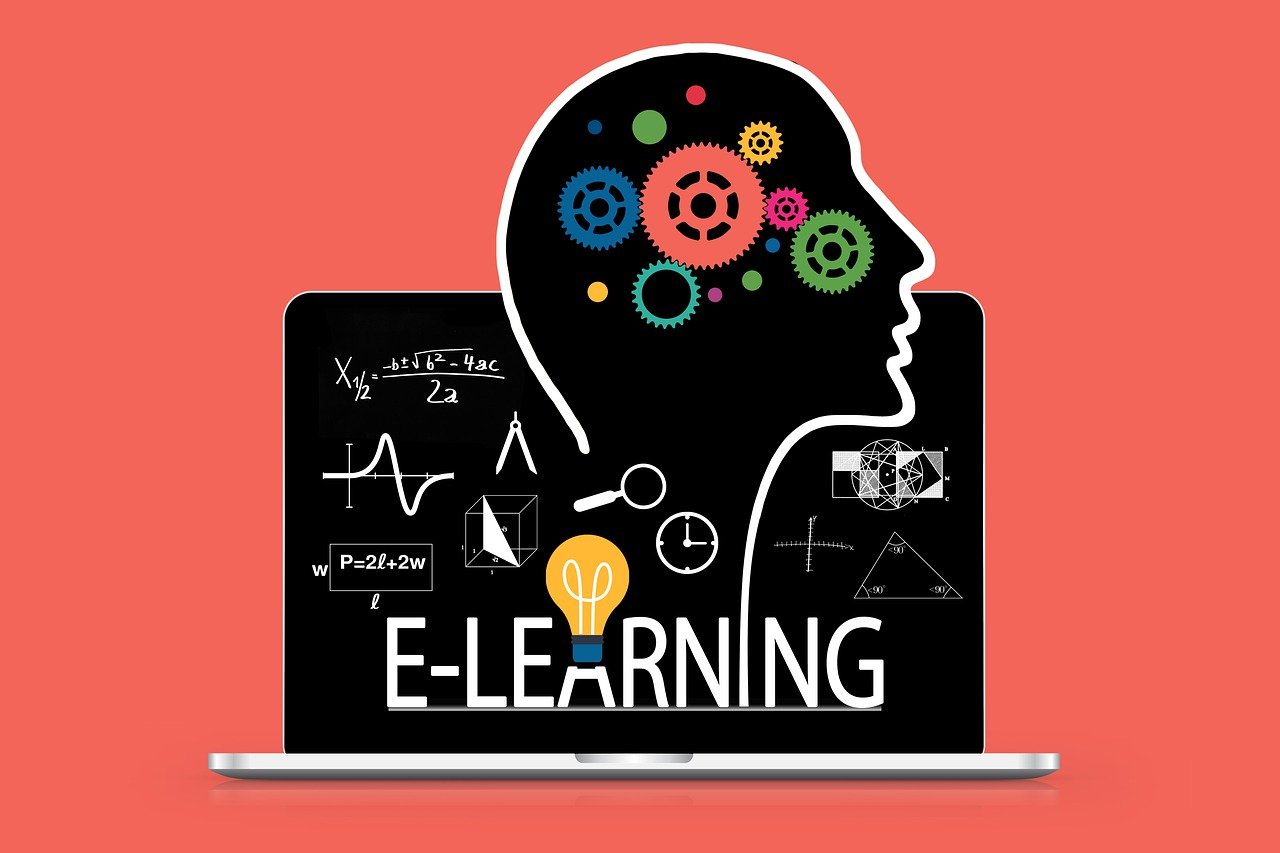
Impact of E-Learning Platforms on Teenagers
E-learning platforms have revolutionized the educational landscape, especially for teenagers. These digital platforms offer a unique blend of flexibility, accessibility, and a wide array of resources, making learning more engaging and personalized than ever before.
The evolution of e-learning has been significantly influenced by technological advancements, leading to its widespread popularity among teenagers.
Educational Benefits for Teenagers
E-learning platforms provide teenagers with personalized learning experiences that cater to their individual pace, learning styles, and interests. This personalized approach not only enhances understanding and retention but also fosters a sense of ownership and independence in learning. Additionally, teenagers gain access to an unparalleled range of resources, including online courses, interactive simulations, and global classrooms, which expand their horizons and provide exposure to diverse perspectives.
Psychological Impact on Teenagers
The engagement and motivation that e-learning platforms stimulate in teenagers are noteworthy. These platforms utilize gamification, interactive content, and immediate feedback mechanisms to make learning more compelling. However, the reliance on self-regulation and discipline can be a double-edged sword, posing challenges for some teenagers who may struggle with time management and procrastination.
Social Implications
While e-learning platforms offer numerous advantages, they also impact teenagers’ social interactions. The digital nature of learning can both facilitate and hinder the development of social skills. On one hand, online forums and collaborative projects promote communication and teamwork; on the other hand, the lack of face-to-face interaction might limit social development and emotional intelligence.
Impact on Teenagers’ Health
The health implications of prolonged screen time and sedentary behavior associated with e-learning cannot be overlooked. Physical health concerns, such as eye strain and poor posture, are common. Moreover, the mental health of teenagers engaging in e-learning demands attention, as they may experience isolation, stress, and anxiety.
Digital Literacy and Skills Development
E-learning platforms are instrumental in equipping teenagers with essential digital literacy and skills. These platforms prepare them for the digital workforce through courses in coding, digital marketing, and more. Cybersecurity awareness and online safety are also emphasized, fostering responsible and secure internet usage.
The Role of Parents and Educators
Parents and educators play a crucial role in navigating the e-learning experience for teenagers. Their support and guidance are vital in balancing screen time, ensuring educational quality, and encouraging physical activities. Moreover, they can help teenagers overcome the challenges of e-learning by providing structure, motivation, and emotional support.
Challenges and Limitations
Despite its benefits, e-learning also faces challenges such as the digital divide, which limits access for some teenagers, and concerns about the quality of online content and instruction. These limitations highlight the need for ongoing improvement and innovation in e-learning platforms.
E-Learning Platforms as a Supplementary Tool
E-learning should be viewed as a supplementary tool that enhances traditional education. Blending digital and traditional learning methods can provide a more rounded educational experience, offering the best of both worlds. Success stories from around the globe underscore the potential of e-learning to complement conventional education effectively.
Future Trends in E-Learning for Teenagers
The future of e-learning for teenagers is bright, with technological advances and pedagogical innovations poised to further enhance digital education. Post-pandemic, e-learning will continue to play a significant role in education, evolving to meet the changing needs of learners and society.
Conclusion
The impact of e-learning platforms on teenagers is multifaceted, offering a range of educational, psychological, and social benefits while also presenting challenges. As e-learning continues to evolve, it holds the promise of transforming the educational experience for teenagers, making learning more accessible, engaging, and relevant to the digital age.
FAQs
- How do e-learning platforms enhance learning for teenagers?
E-learning platforms offer personalized, flexible learning experiences and access to global resources.
- What are the main challenges teenagers face with e-learning?
Teenagers face challenges like self-discipline, screen fatigue, and lack of social interaction.
- Can e-learning replace traditional classroom learning?
E-learning can complement but not fully replace traditional classroom learning due to the need for physical interaction and hands-on experiences.
- How can parents support their teenagers in e-learning?
Parents can support their teenagers by providing a structured learning environment, encouraging breaks, and showing interest in their progress.
- What future trends can we expect in e-learning for teenagers?
Future trends in e-learning for teenagers include more immersive technologies like VR/AR, AI-driven personalized learning, and increased focus on digital literacy.
- How does e-learning impact teenagers’ social skills?
E-learning impacts teenagers’ social skills by reducing face-to-face interaction, though it can also foster new forms of online communication and collaboration.